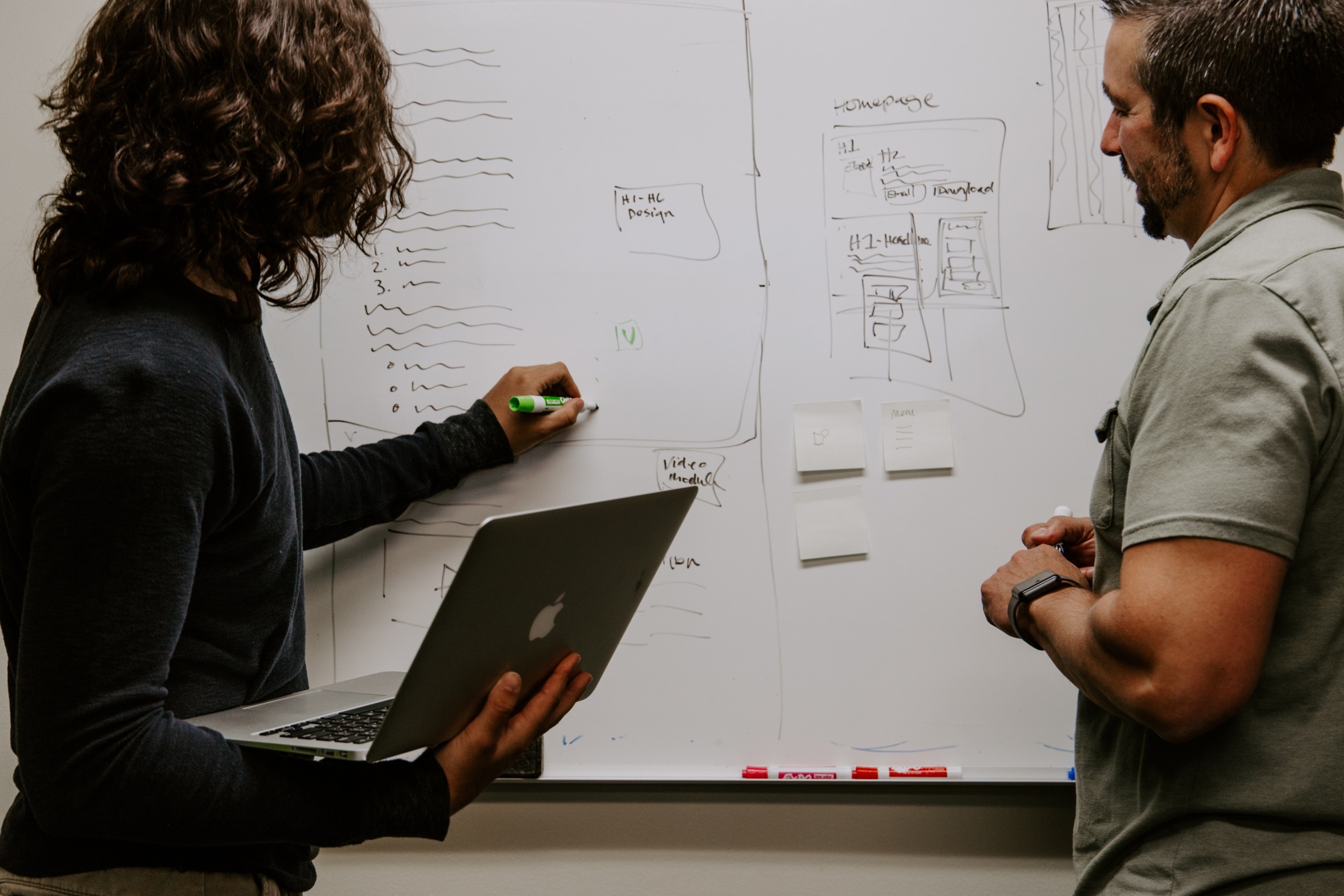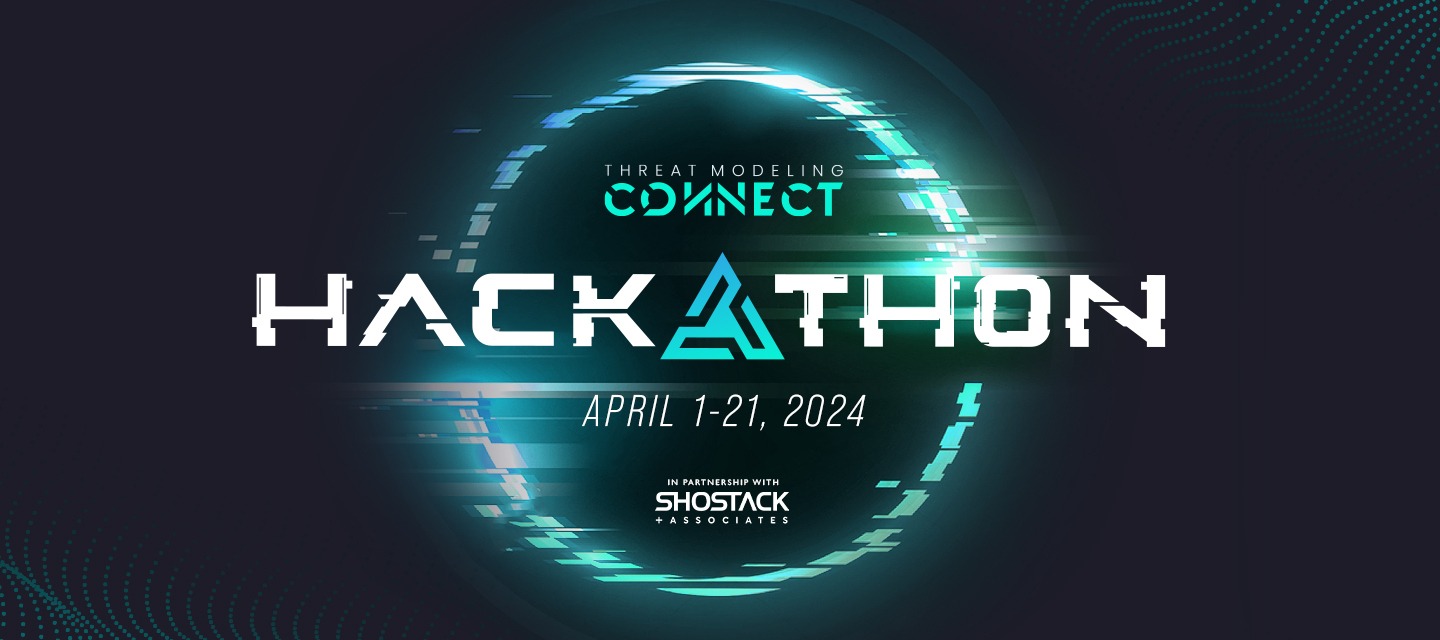Welcome!
We’re back once again with another packed edition of our Threat Modeling Insider! This month’s edition features a whitepaper created by Adam Shostack, focussing on the threats that are inherent to a system. Our curated content features an article from Forbes on thinking like an attacker, and a Microsoft Azure article discussing the advancement of threat modeling for large distributed systems, focussing on enhancing system resiliency.
But that’s not all of course, let’s take a look at what else we have in store for this month’s edition:



